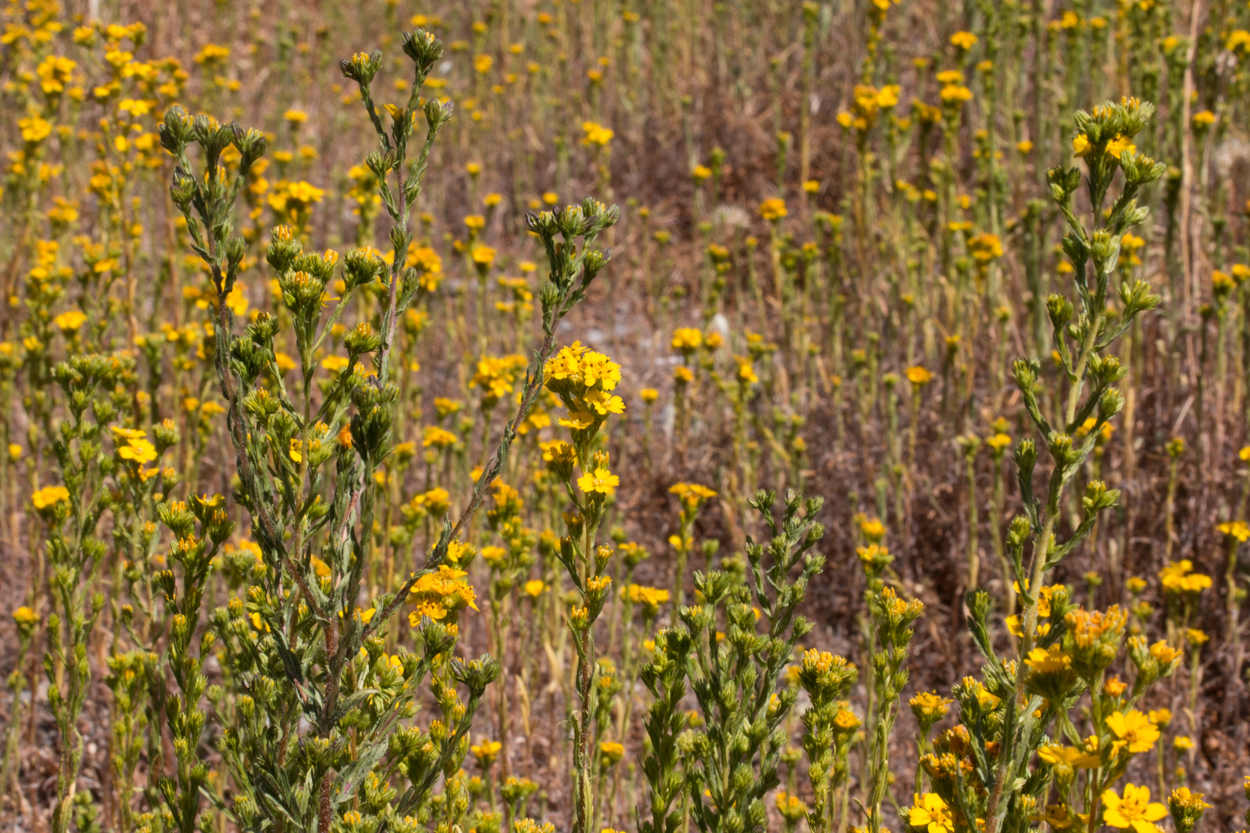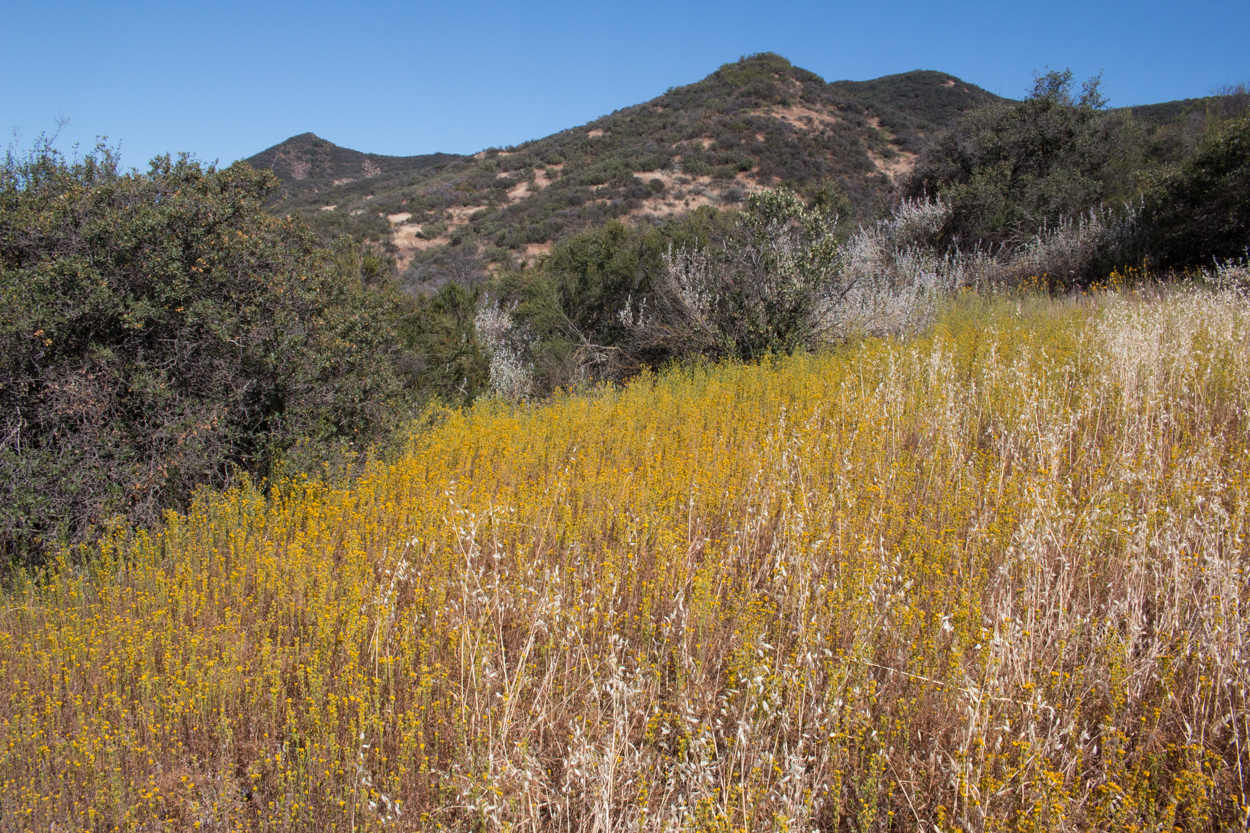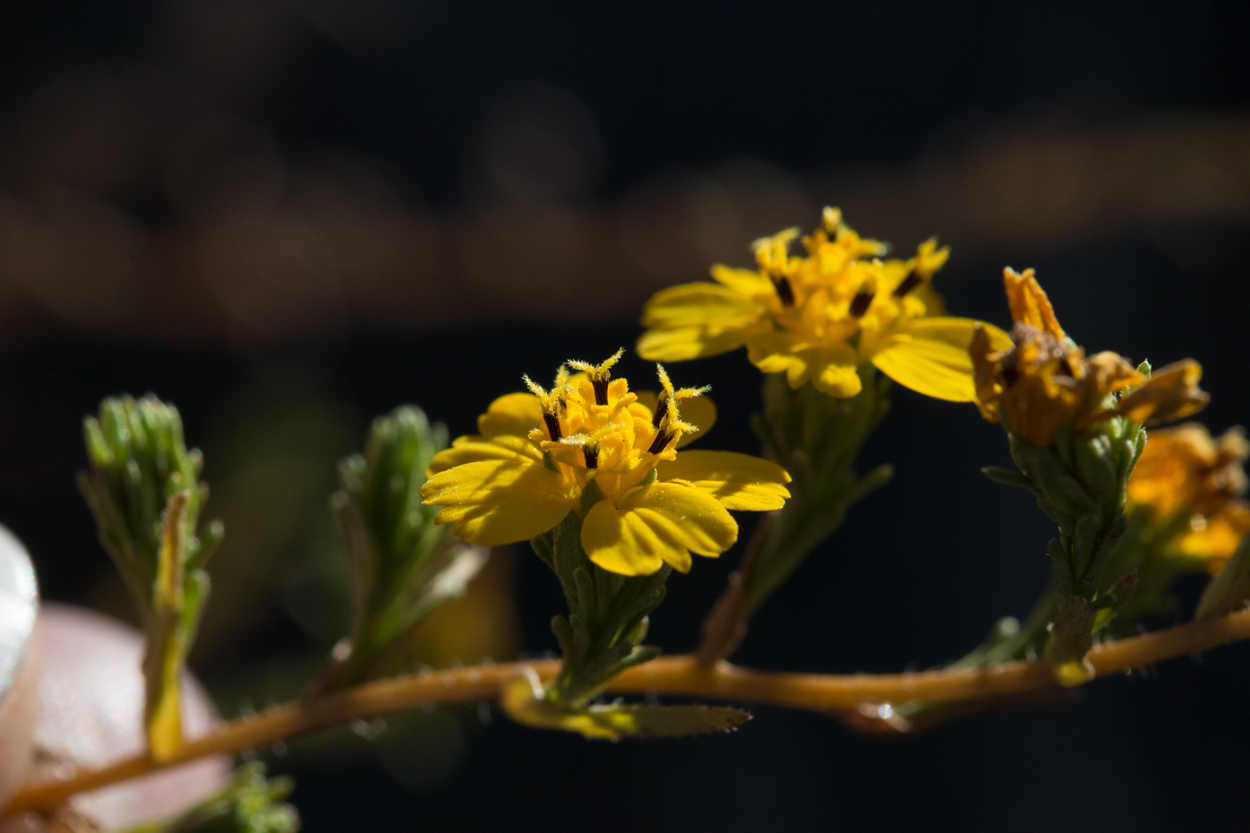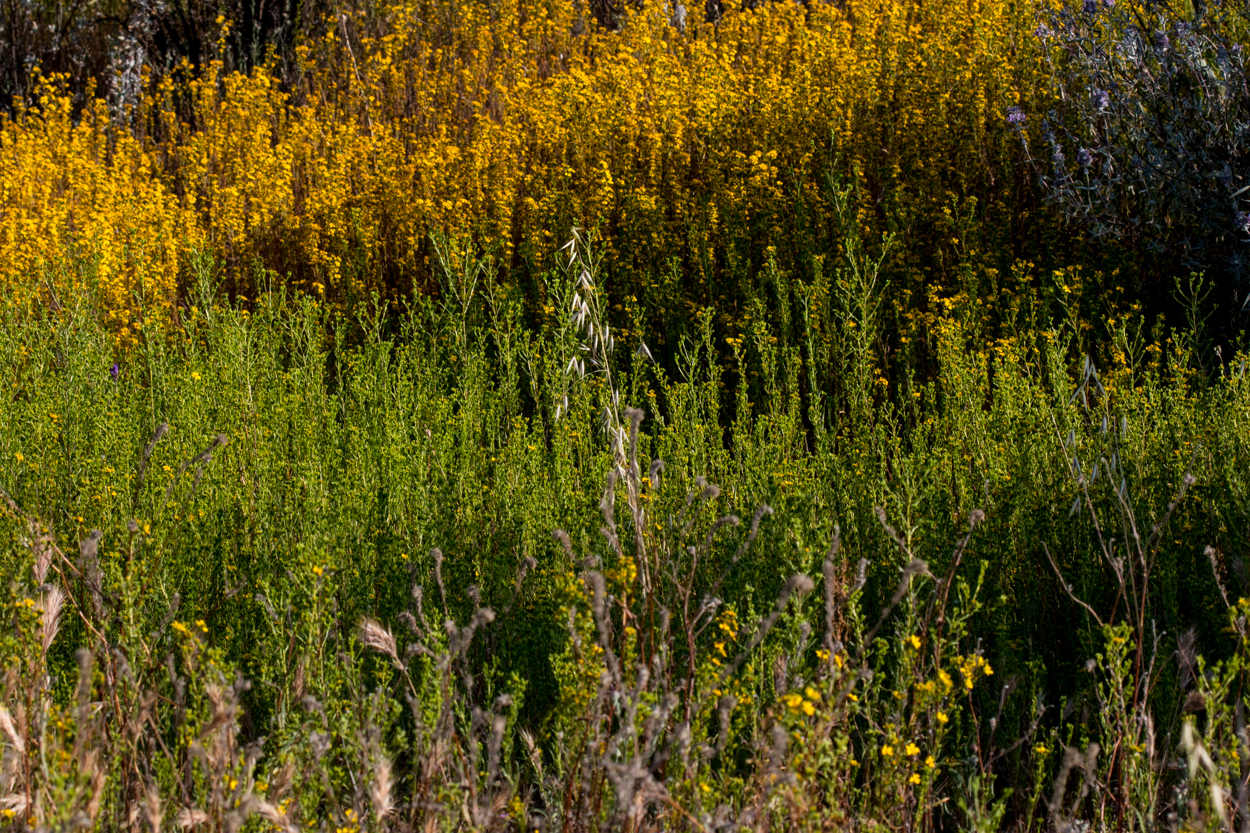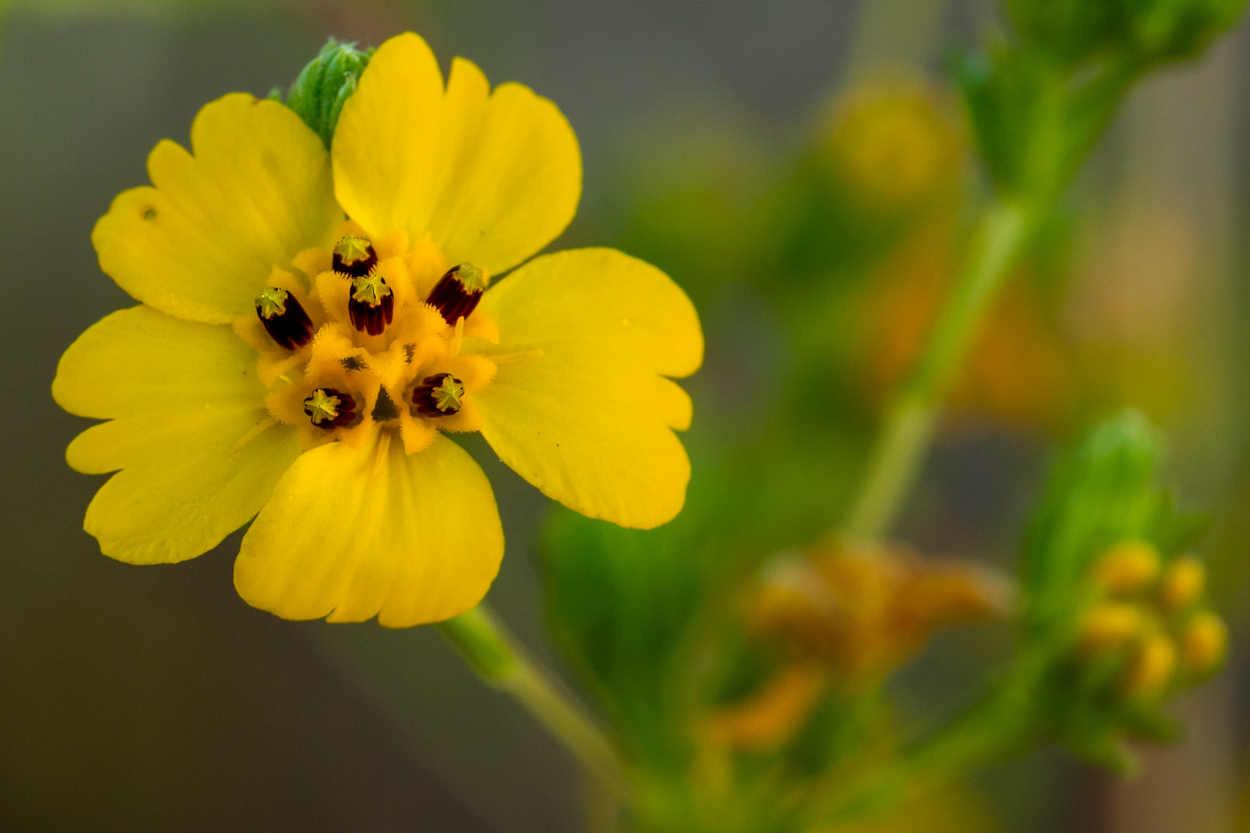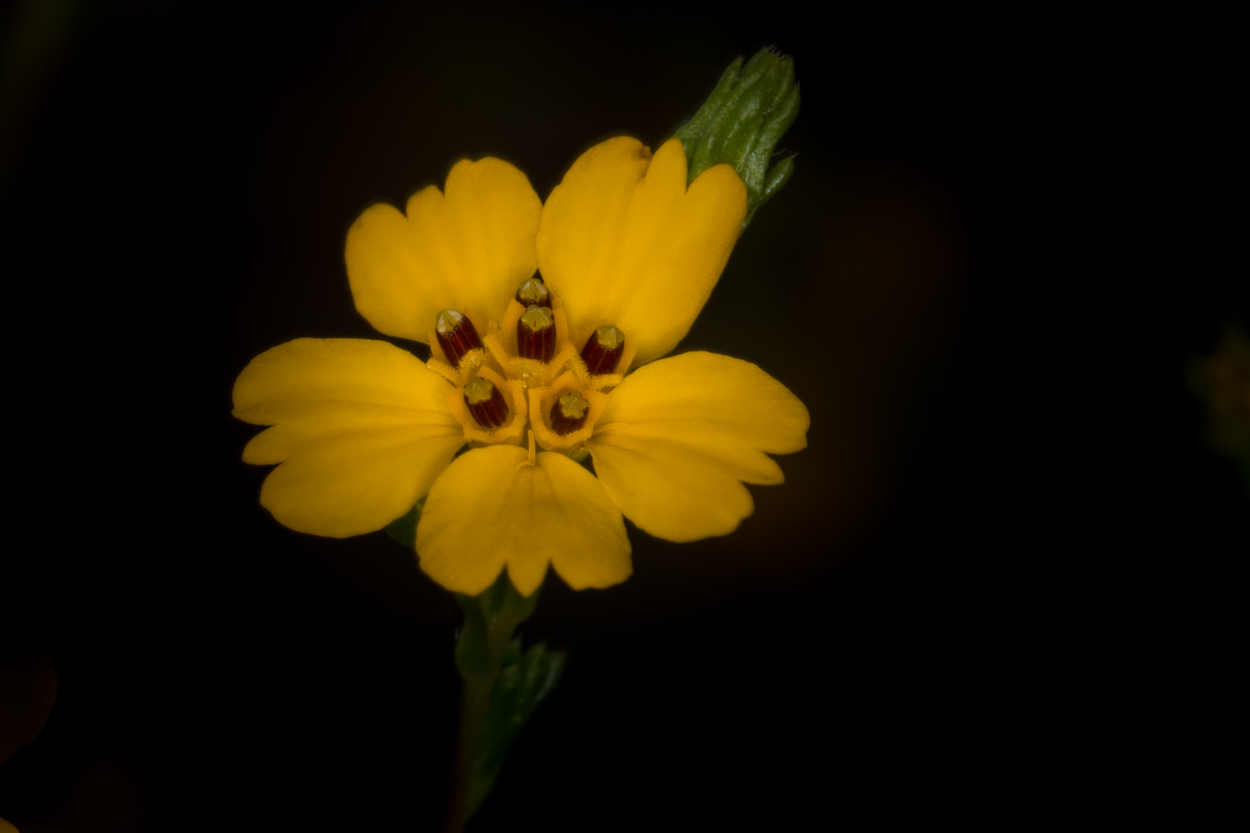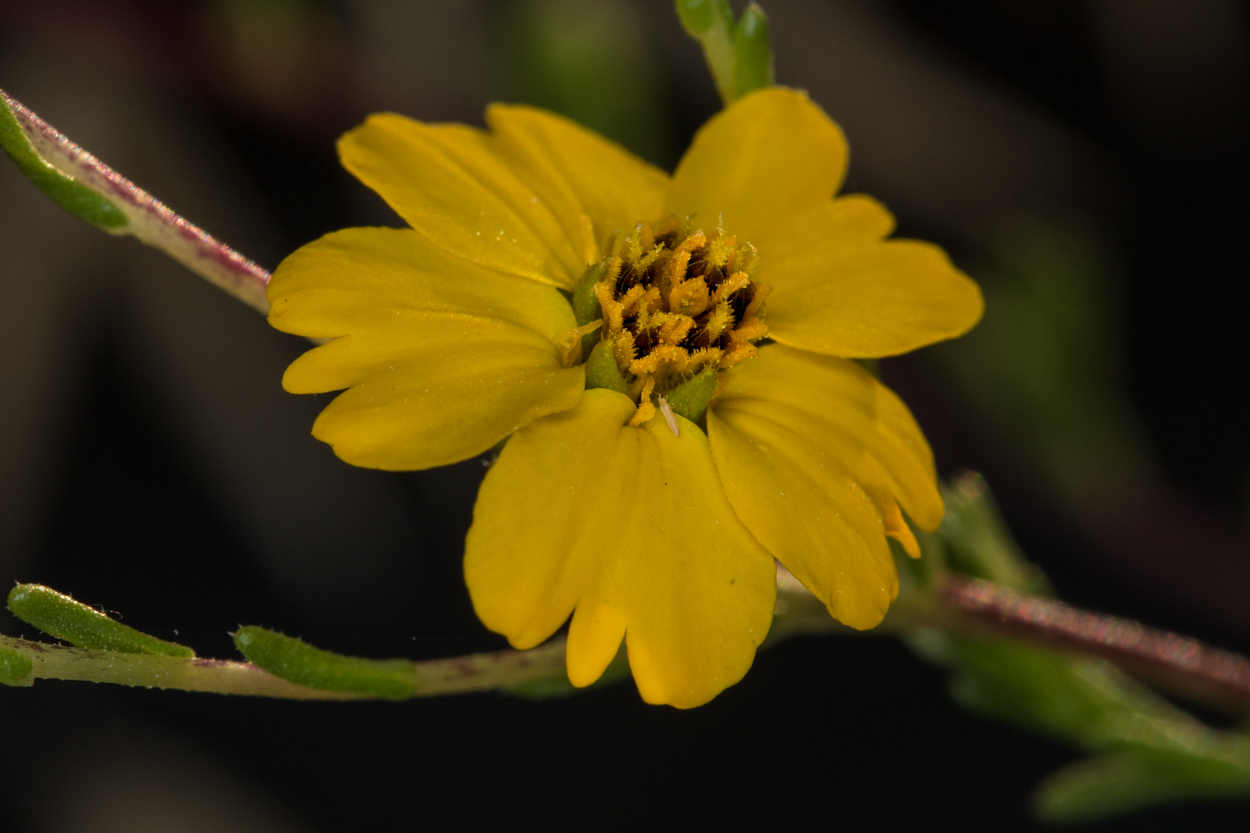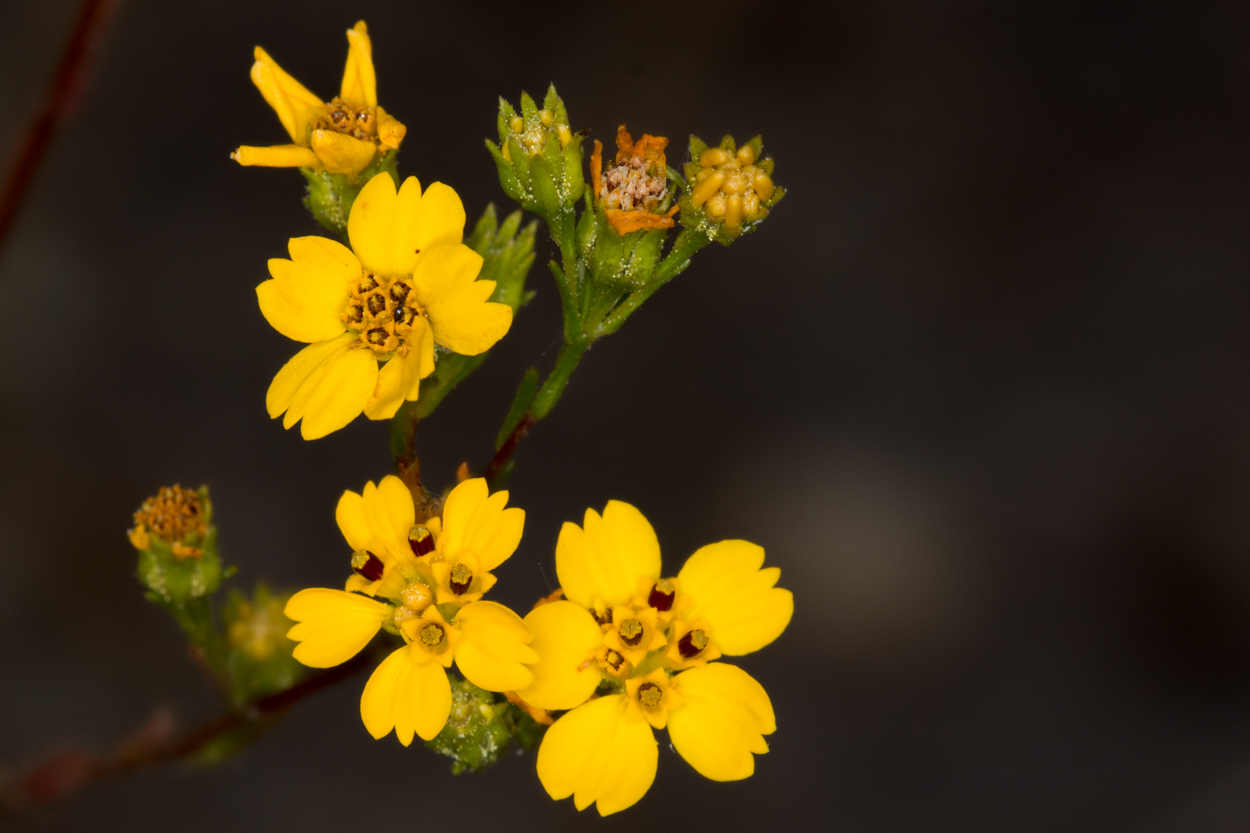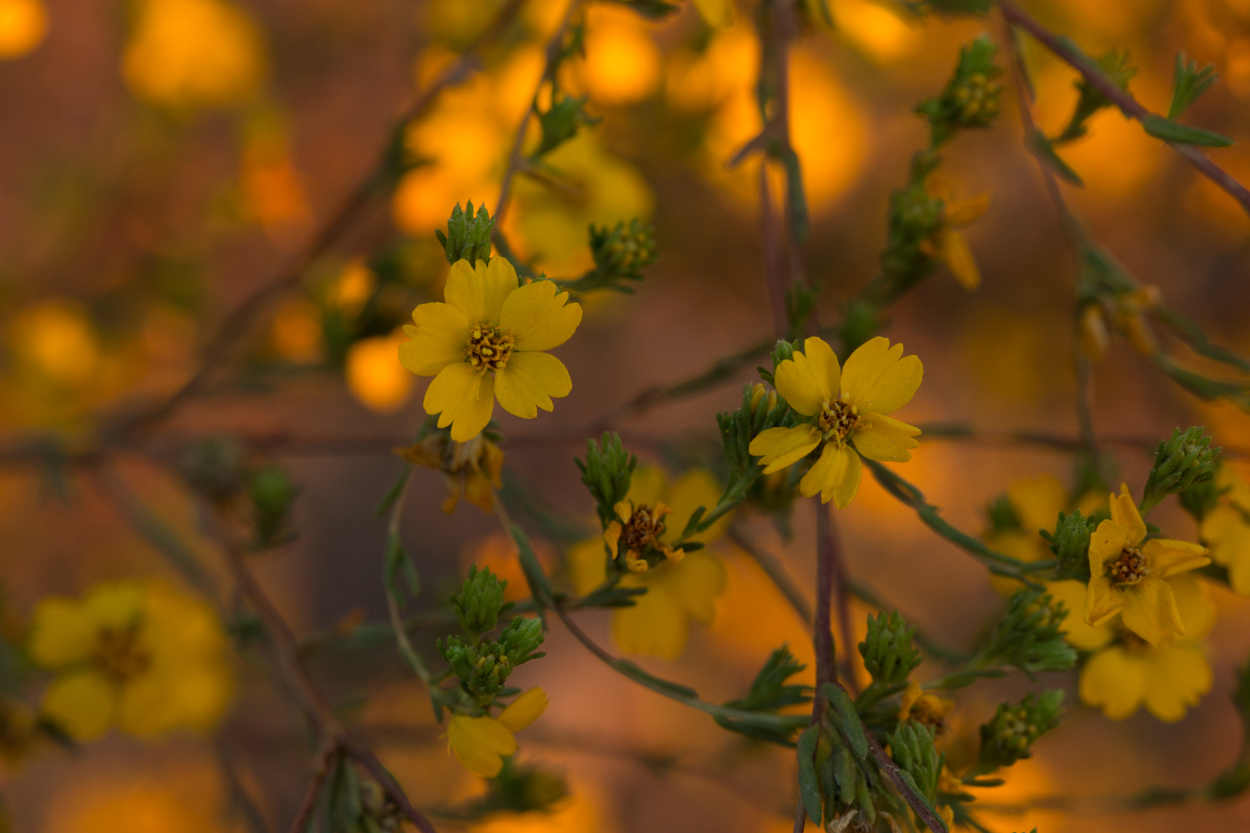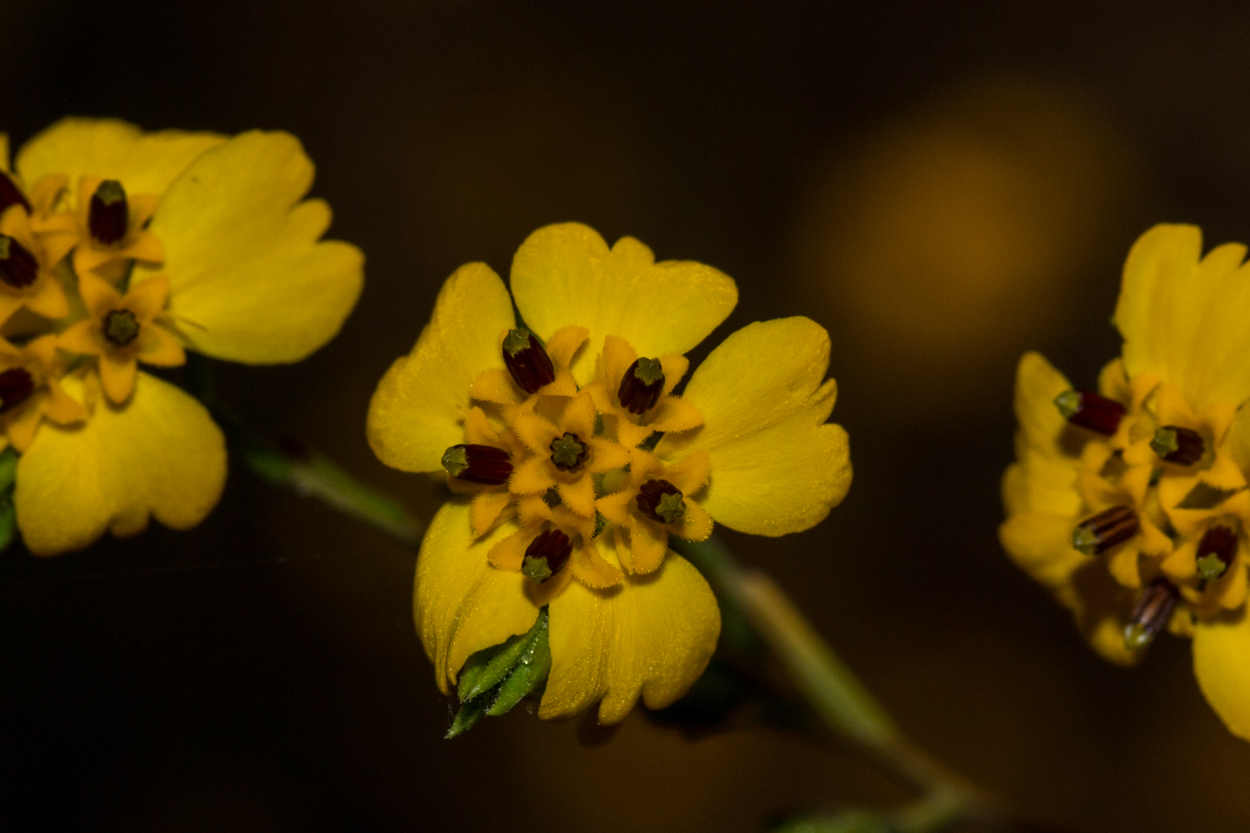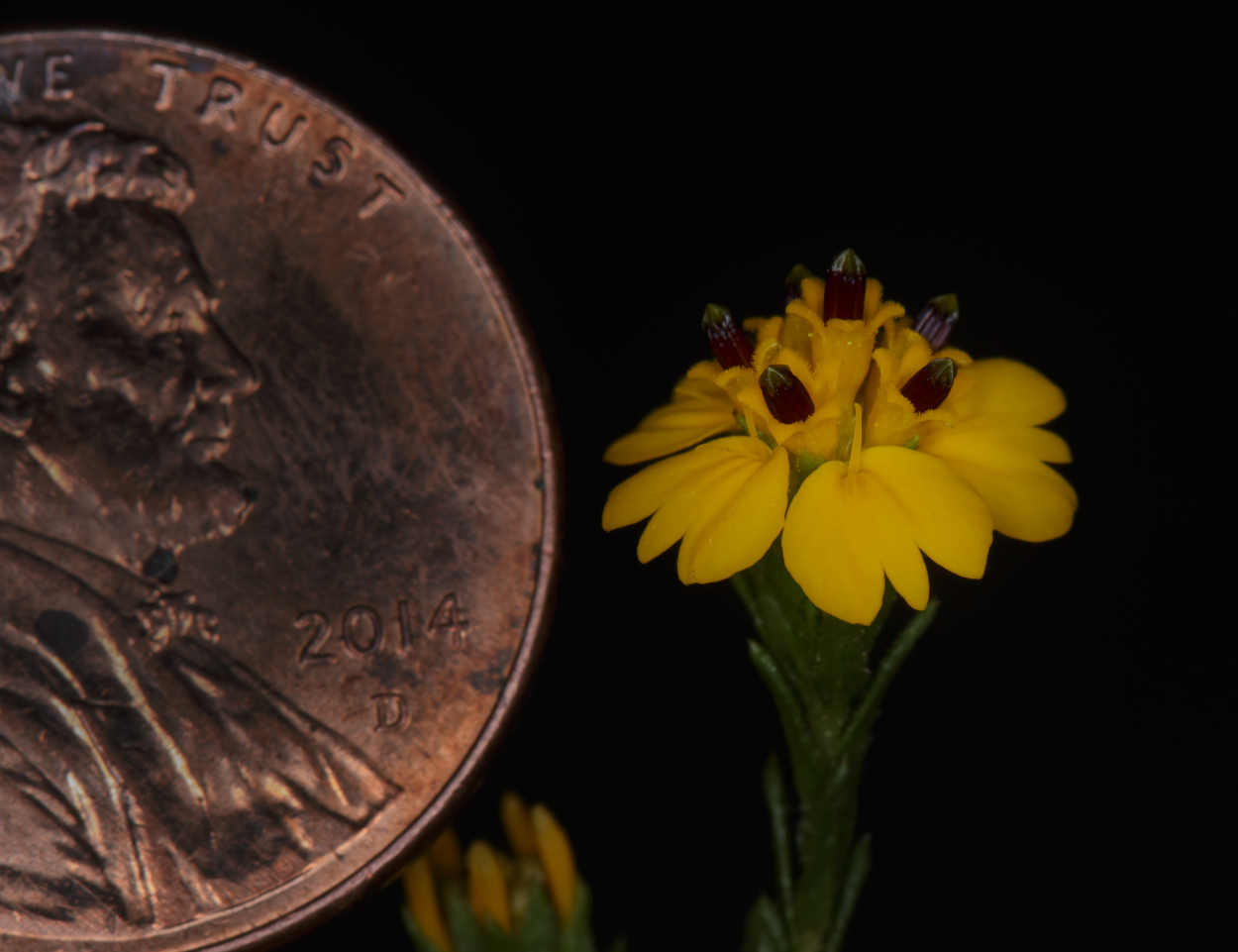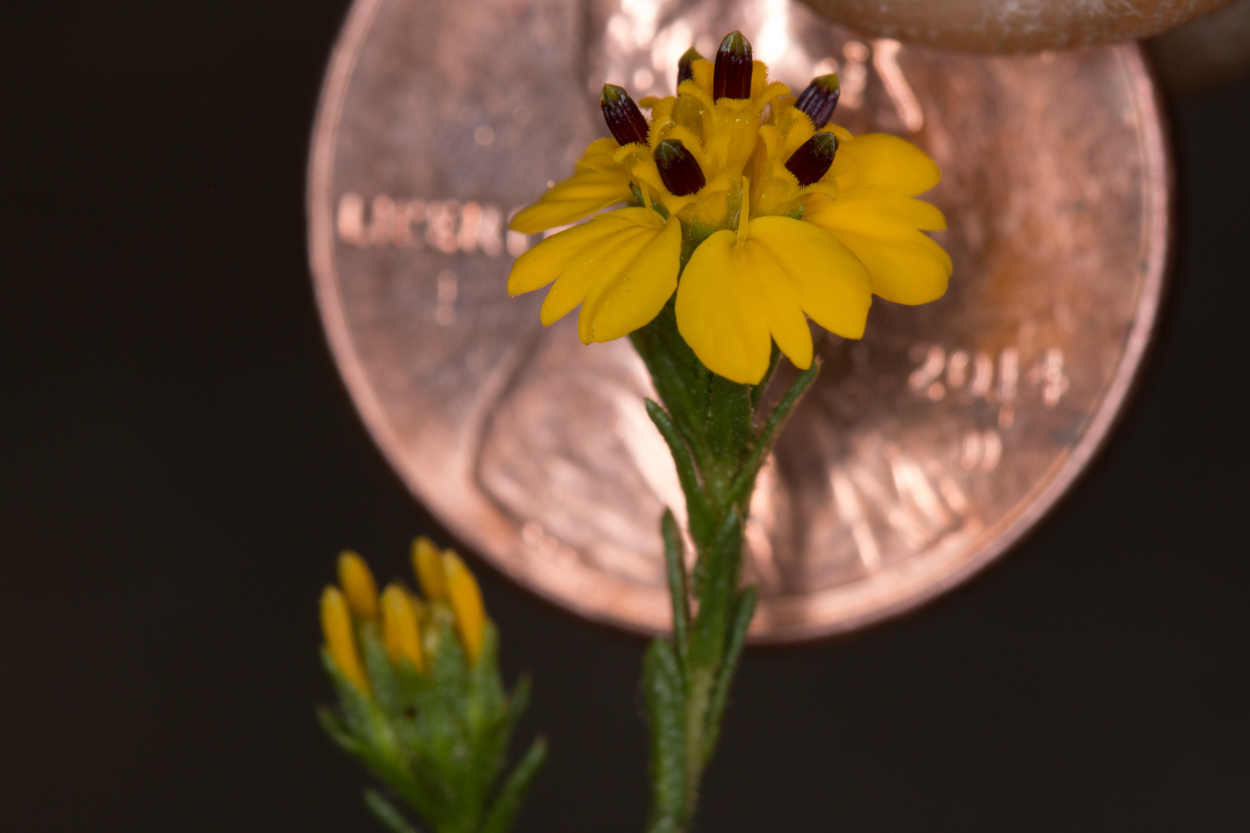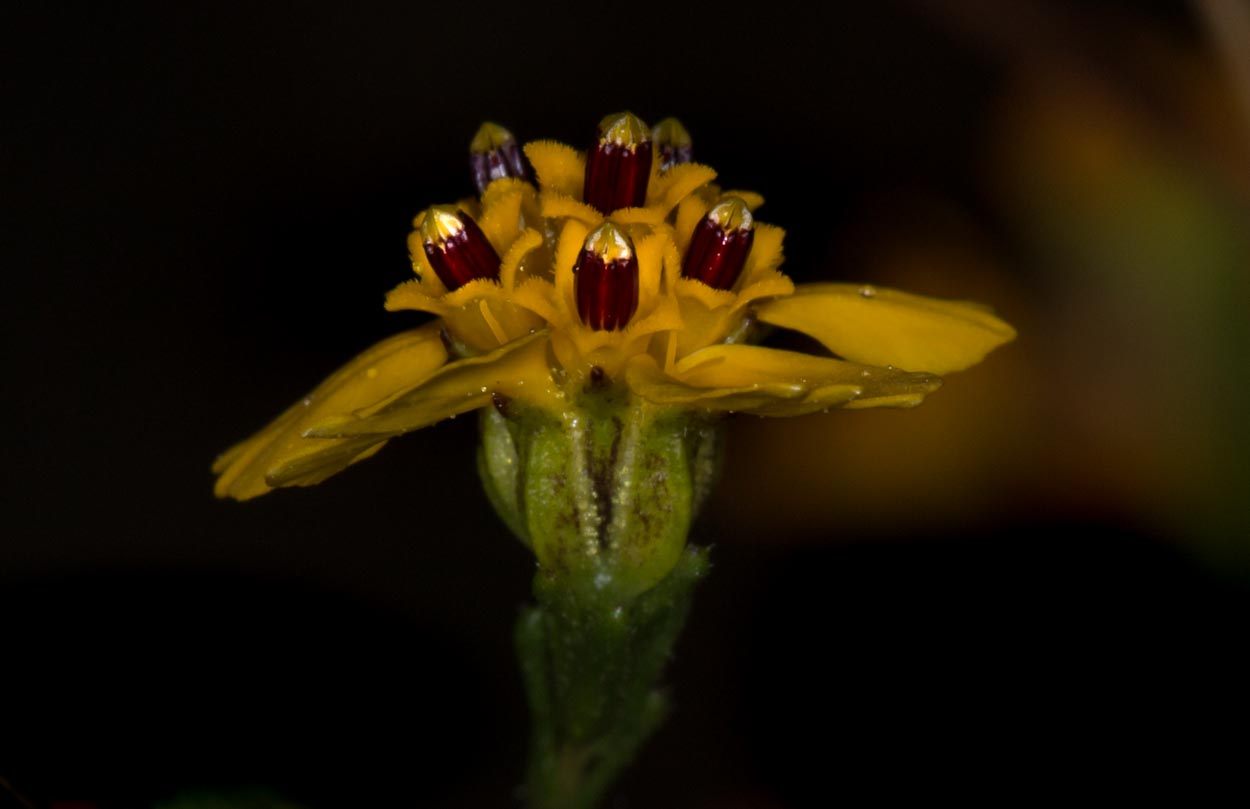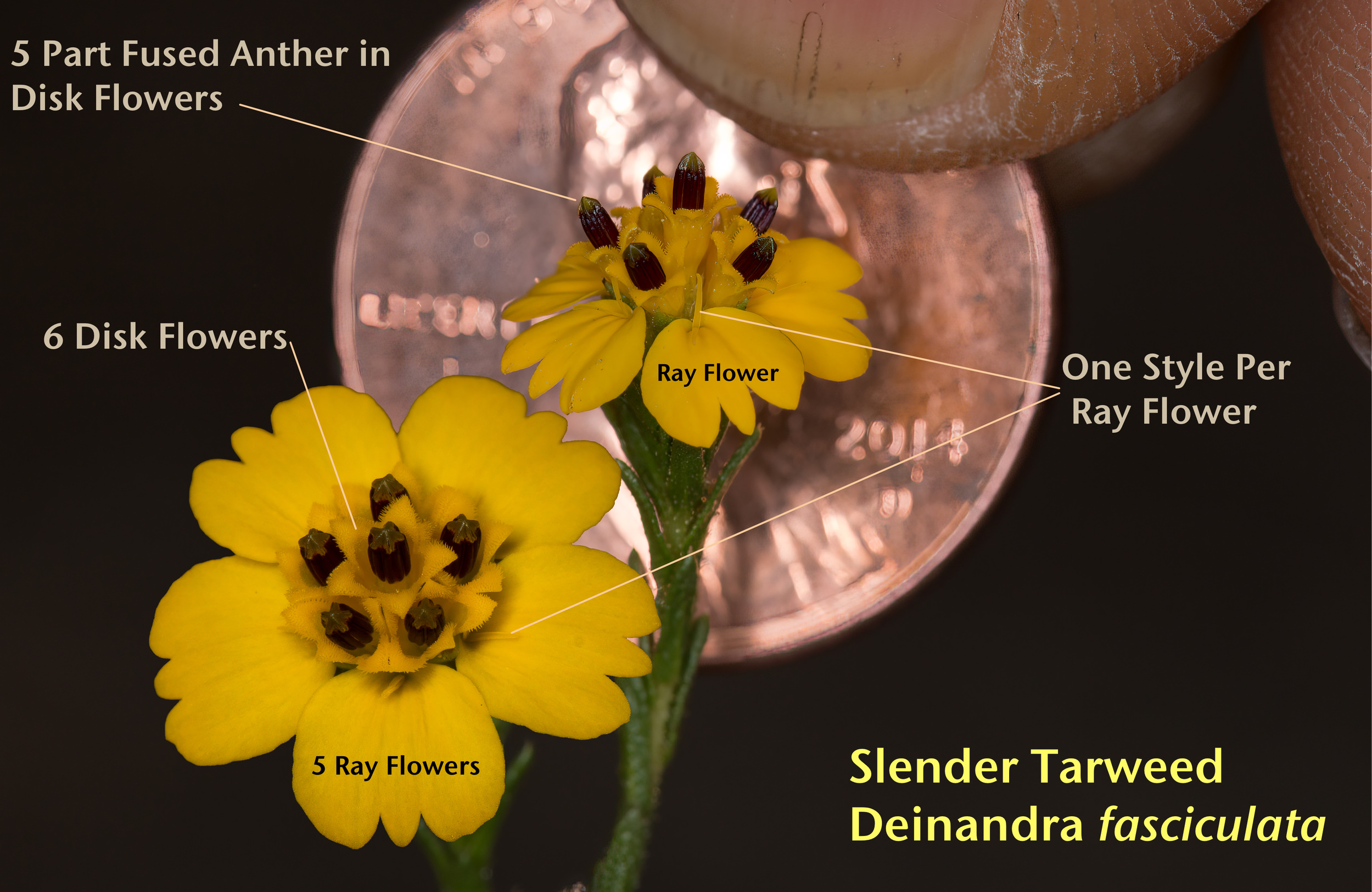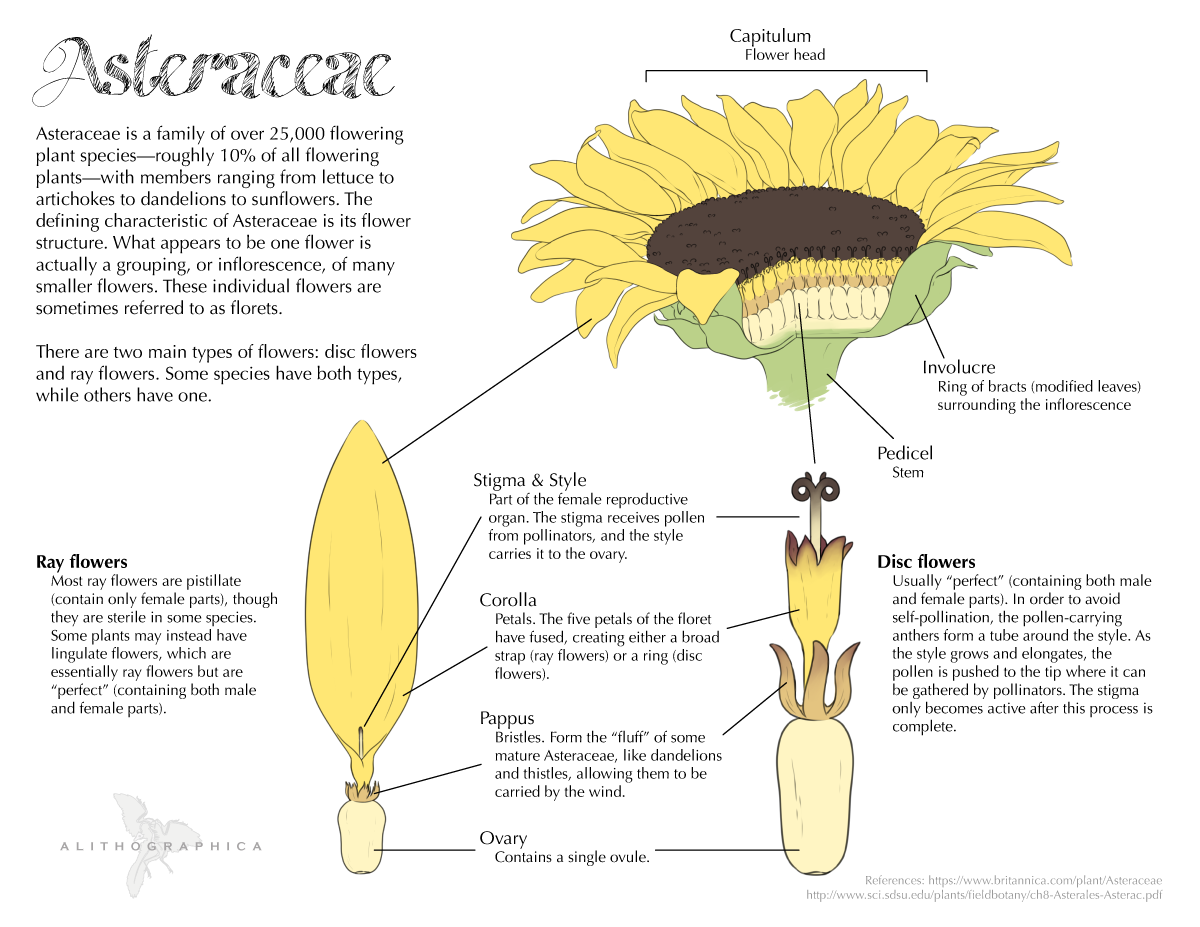Santa Monica Mountains Trails Council Plants Resource Page
Plant of the Month - Slender Tarweed

Plant Description
| Common Name(s): | Slender Tarweed |
| Scientific Name: | Deinandra fasciculata |
| Family: | Asteraceae (Sunflower) |
| Plant Type: | Annual |
| Size: | up to 36 inches |
| Habitat: | Grasslands, Chaparral |
| Blooms: | May to August |
| Fire Response: | Germinate from Seed |
Slender Tarweed- Deinandra fasciculata is an upright, branching native, annual herb common to our Santa Monica Mountains. Tarweed is native to areas of southwest California, south of Monterrey Bay, and into Baja California. Open, disturbed areas, mainly in sage scrub and chaparral below 2000 ft. are its preferred habitat. Blooming from May through August, this plant provides plenty of Spring color long after the first flowers of Spring have faded. This plant often grows in the same spots that Goldfields and Fiddlenecks dominated. Once you recognize the color of the flowers you may be surprised to see the plant growing in large quantities often competing with invasive plants like Black Mustard and various thistles.
One sure fire way to differentiate this plant from other Tarweeds is that there are five ray flowers and six disk flowers. Typical of flowers in the Aster family, there are ray flowers and disk flowers. What we think of as petals are individual flowers. Here we find five ray flowers that usually have three teeth at one end. Disk flowers make up the center of the flowerhead - each an individual flower as well. For this plant, there is usually a circle of five disk flowers with one in the middle. No other tarweed species has that trait. More cool facts: the ray flowers are female, and the disk flowers are bisexual. The ray flowers produce more seed than the disk flowers. On the disk flowers, five anthers are united into a column around the style - like crystals; when mature, these create five distinctive focal points. Look at my images, and you can see how enamored of them I was…
Similar to many other plants, a basal rosette of leaves are the beginning of above-ground growth -below ground is taproot. These leaves are usually dried up by the time the plant produces flowers. Above the basal rosette, the leaves are alternate, simple and small. The plants have glands that contain a resin-like fluid that is considered aromatic (depending on the age of the plant that odor can be pleasant or pungent) and could stain your clothes. The resin may serve a couple of purposes: deterring grazers and reducing the amount of moisture lost during the warm months of summer.
Plant Usage: The Chumash gathered and dried the tiny black seeds, removed the chaff, pounded the seeds with a little water rolled into a ball and then eaten. Pinole, made from the seeds -a flour-like substance that was used dry or in gruel. Jan Timbrook’s book mentions “..in times of famine; the entire plant could be boiled down into a tar-like gum and consumed”. The Chumash fastened several slender tarweed plants into a bundle two to three feet long for a broom. Used food or as a broom to sweep - Nature provides with a bit of ingenuity!
Name Origin: Link to Calfora.net - the best source of this information
Deinan'dra: from the Greek deinos, "wondrous, fearful, terrible," and and aner, andros, "man, male, stamen" (info from Umberto Quattrocchi) fascicula'ta/fascicula'tum/fasicula'tus: derived from a Latin word meaning "bundles" and describing the way the leaves are attached to the leaf stem in little bunches or 'fascicles'
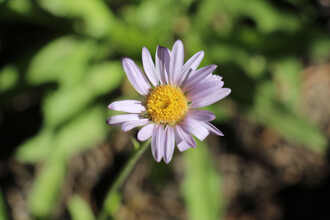
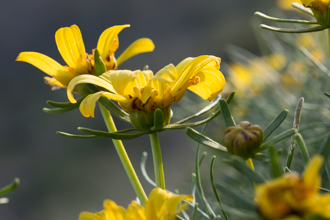
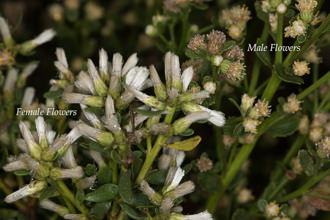
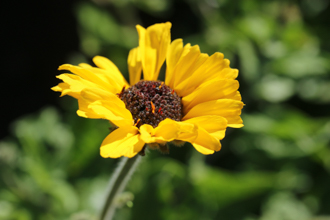
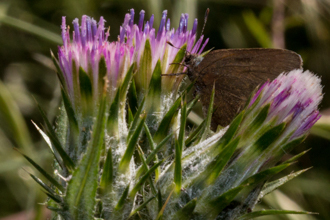
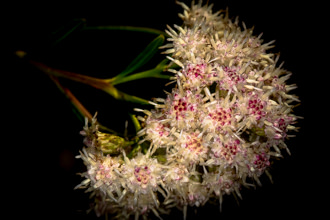
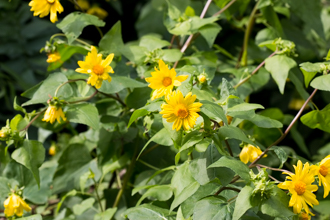
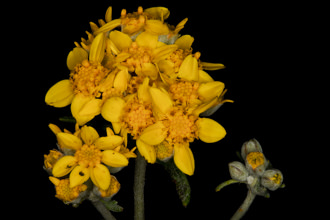

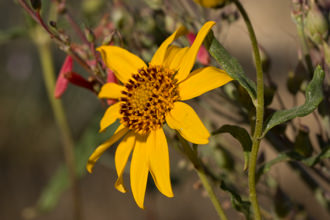
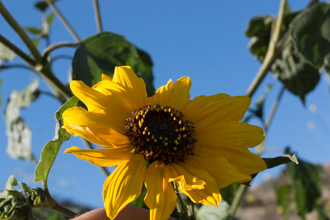
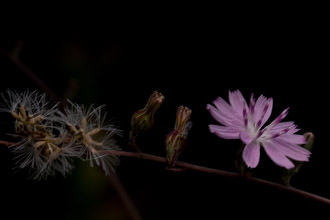
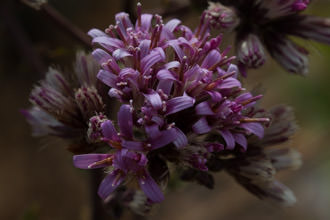
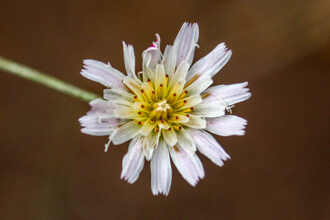
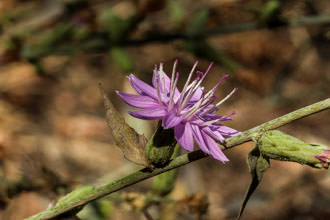
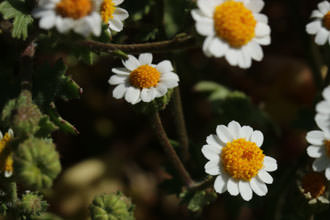
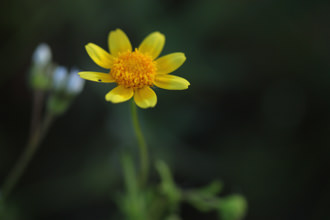
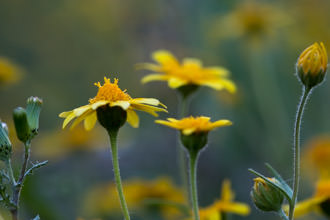
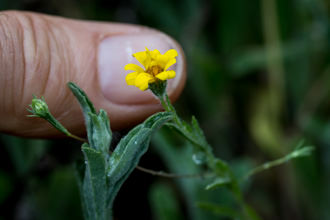
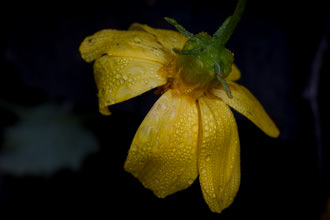

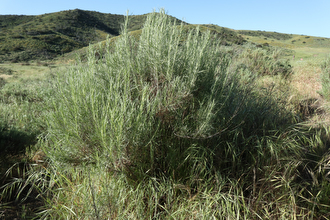
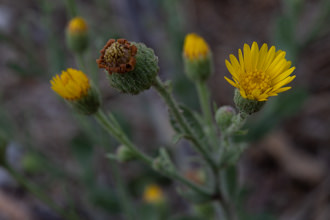
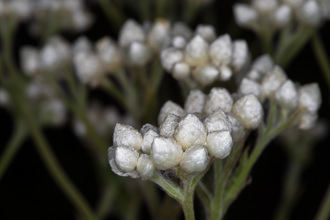
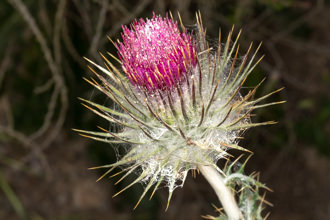
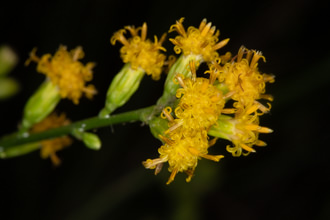
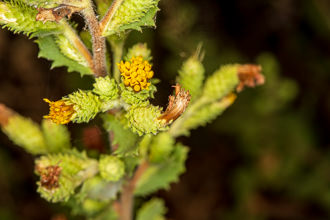
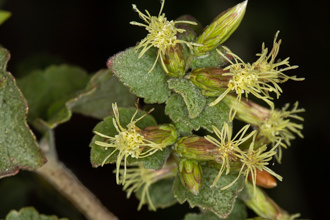
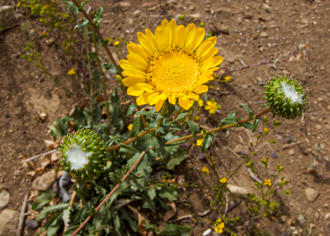
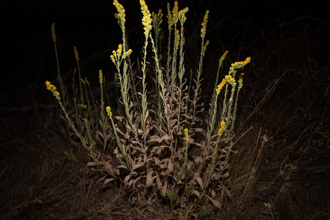
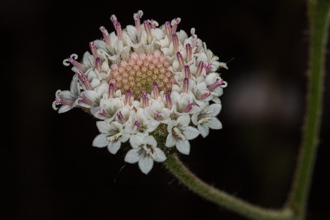
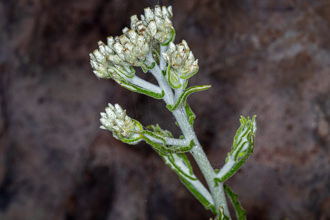
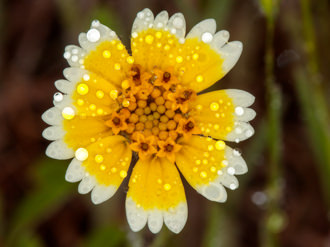
Slender Tarweed - Originally featured: June 2018
Last modified: June 23 2017 11:37:24.
References:
Wildflowers of the Santa Monica Mountains, by Milt McAuleyFlowering Plants: The Santa Monica Mountains, Coastal and Chaparral Regions of Southern California, by Nancy Dale
Chumash Ethnobotany: Plant Knowledge Among the Chumash People.., by Jan Timbrook

